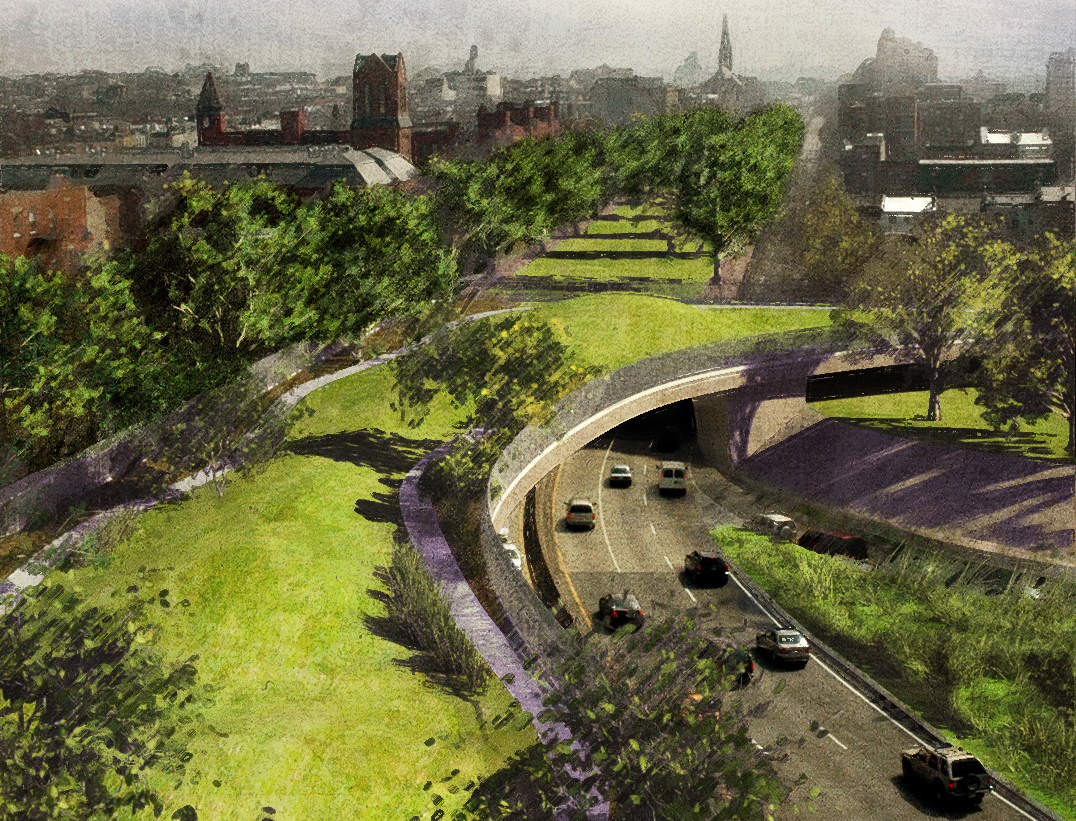Stringer’s dramatic plan to turn BQE into elevated park wins praise
A truck-only highway to run underneath Promenade

New York City Comptroller Scott Stringer has released his own proposal for the reconstruction of two miles of the decrepit BQE — a plan dramatically different from that of the Department of Transportation. Stringer’s strategy, published on Wednesday, would eliminate cars, run trucks along a two-lane thruway at the bottom level of the triple cantilever and turn the rest into a new linear park.
Neighborhood groups praised the idea for addressing long-term community concerns and for its forward thinking. They also gave Stringer kudos for consulting with them before releasing the plan — something they said the city initially neglected to do with its $3.4 billion proposal.
The DOT’s controversial proposal would run a temporary BQE bypass over the Brooklyn Heights Promenade for a minimum of six years. Residents of the Heights are up in arms over the scheme, which would bring the noise and pollution of 153,000 vehicles a day up to street level.

Brooklyn Heights
View MoreRead the Brooklyn Height's Press and Cobble Hill News. Find out more about Brooklyn Height's History here.